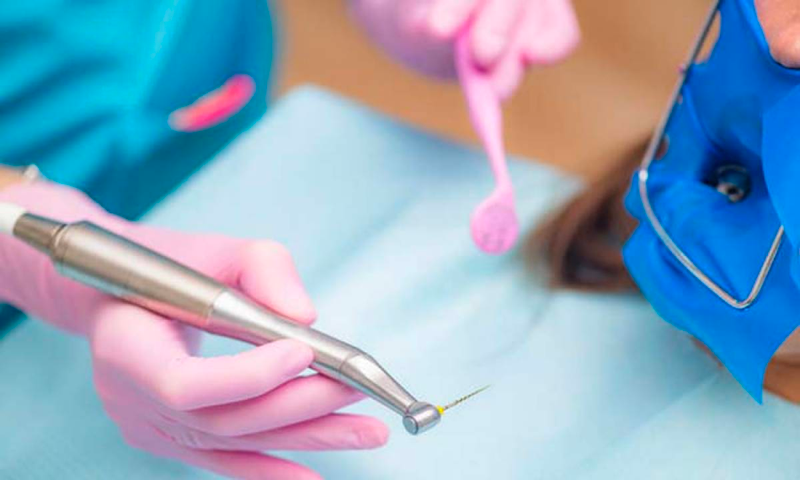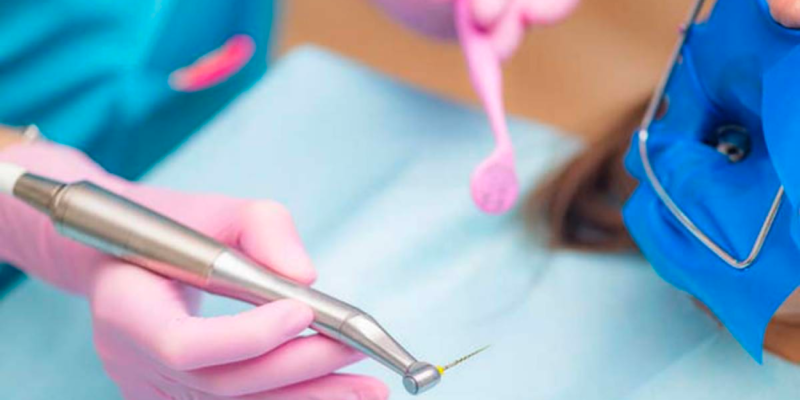In a new study, researchers depicted potential risks associated with the reuse and processing of Rotary Cutting Instruments (RCIs), which could have significant implications for dental professionals and patient safety.
Rotary cutting instruments, such as burs, play a crucial role in various dental procedures, including cavity preparation, crown placement, and root canal treatments. These instruments are subject to repetitive use, cleaning, and sterilization processes to maintain their effectiveness and minimize the risk of cross-contamination between patients.

Researchers aimed to assess the impact of clinical use and processing on the biofilm formation and structural integrity of rotary cutting instruments. The study involved the analysis of 82 RCIs (42 carbide burs and 42 diamond burs), which were subjected to five cycles of simulated clinical use and subsequent processing.
The researchers discovered that biofilm formation was present on the surfaces of the instruments even after thorough cleaning and sterilization. This biofilm, if not completely removed, can act as a reservoir for microorganisms, increasing the risk of infection transmission from one patient to another.
Furthermore, the study revealed that the repeated use and processing of the rotary cutting instruments led to structural damage. Microscopic examination showed signs of wear, corrosion, and deformation, compromising the cutting efficiency and precision of the instruments. Such damage not only affects the performance of the instruments but also poses potential risks to patient safety, as they may lead to uncontrolled vibrations, increased heat generation, and even instrument failure during dental procedures.
The study's findings could contribute to the development of protocols and instrument designs that minimize the risk of biofilm formation and structural damage. The presence of microorganisms and structural damage on the RCIs confirmed that they are not amenable to processing, a fact that characterizes them as a single-use health care product.
Read the full article here: https://doi.org/10.1016/j.adaj.2023.03.005




















Comments